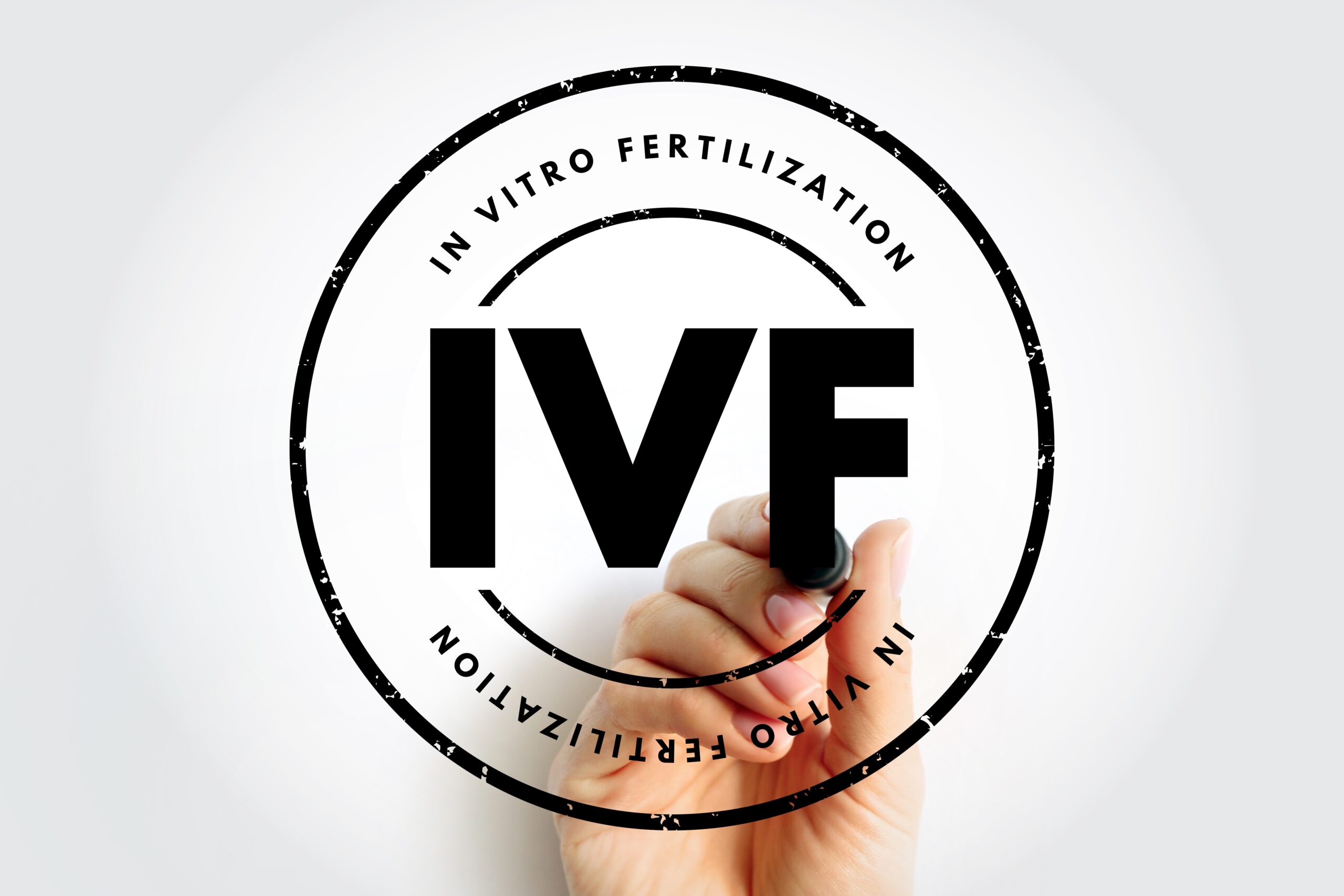
In Vitro Fertilization (IVF)
A Journey Towards Parenthood

1.Ovarian Reserve Testing
This test assesses the quantity and quality of a woman’s eggs. Blood tests measuring levels of hormones such as Anti-Müllerian Hormone (AMH) and Follicle Stimulating Hormone (FSH), along with an ultrasound to examine the ovaries, provide insights into a woman’s fertility potential.
2.Semen Analysis
A detailed analysis of the male partner’s semen is performed to evaluate sperm count, motility, and morphology. This helps in determining whether techniques like ICSI may be necessary.
3.Uterine Evaluation
An assessment of the uterus is conducted to check for abnormalities such as fibroids, polyps, or scar tissue, which could interfere with implantation or pregnancy. This may involve a transvaginal ultrasound, hysteroscopy, or other imaging techniques.
4.Infectious Disease Screening
Screening for infectious diseases like HIV, hepatitis B, and C is standard practice before starting IVF, to ensure the safety of all parties involved.
5.Genetic Testing
Depending on individual circumstances, genetic testing may be recommended to identify any potential hereditary conditions that could be passed on to the offspring.
6.General Health Check
Overall health and lifestyle factors such as weight, blood pressure, and smoking status are also assessed, as these can impact the success of IVF treatment.
1.Ovarian Stimulation
When the fallopian tubes are obstructed, it can be difficult or impossible for the egg to be fertilized
or for the embryo to reach the uterus. IVF bypasses the need for functional fallopian tubes by fertilizing the egg in the lab and then implanting the embryo directly into the uterus.
2.Egg Retrieval
Once the eggs have reached the desired maturity, they are collected through a minor surgical procedure called egg retrieval. This is done under sedation, and a needle is guided through the vaginal wall to the ovaries to retrieve the eggs. The procedure is quick, typically lasting about 20-30 minutes.
3.Fertilization and Embryo Development
For women who do not ovulate regularly or have conditions like polycystic ovary syndrome (PCOS),
IVF can be an effective way to induce ovulation and ensure that viable eggs are available for fertilization.
4.Embryo Transfer
One or more healthy embryos are selected for transfer into the uterus. This procedure is relatively simple and painless, akin to a Pap smear, and does not require anesthesia. The number of embryos transferred is carefully considered based on various factors to balance the chances of pregnancy with the risk of multiple births.
5.Luteal Phase Support
After the transfer, hormone supplements (usually progesterone) are given to support the uterine lining and facilitate implantation of the embryo. This phase is critical as it helps to maintain a conducive environment for the developing embryo.
6.Pregnancy Test and Follow-up
About two weeks after the embryo transfer, a blood test is conducted to check for pregnancy. If the test is positive, further monitoring and care are provided to support the early stages of pregnancy.

